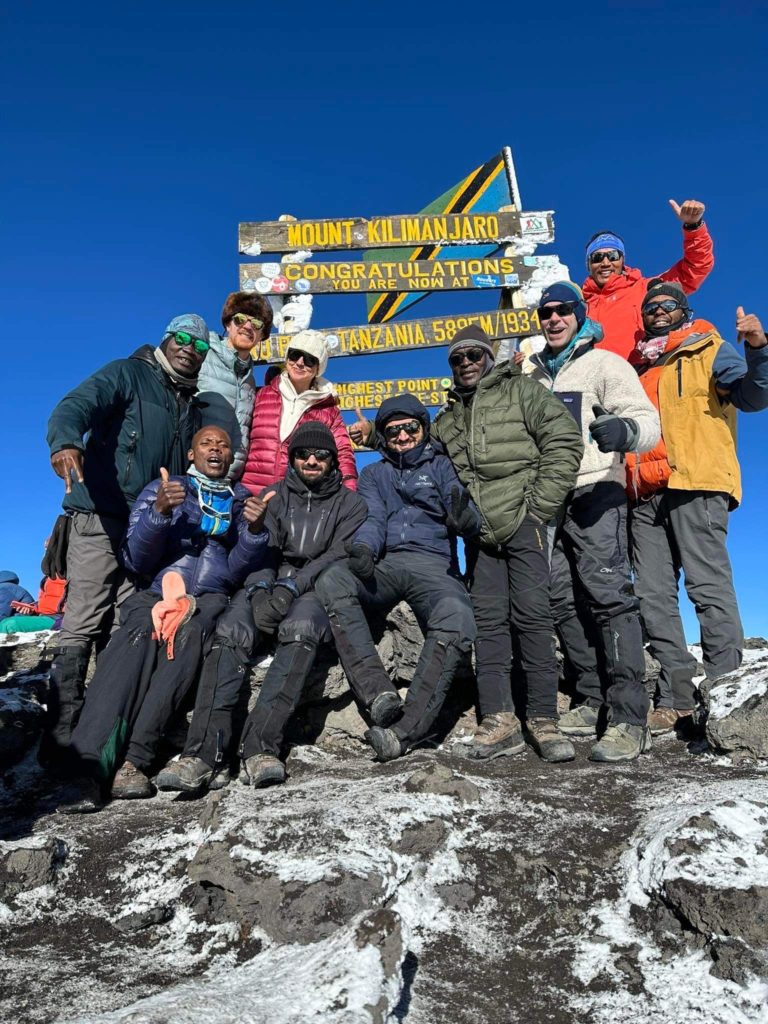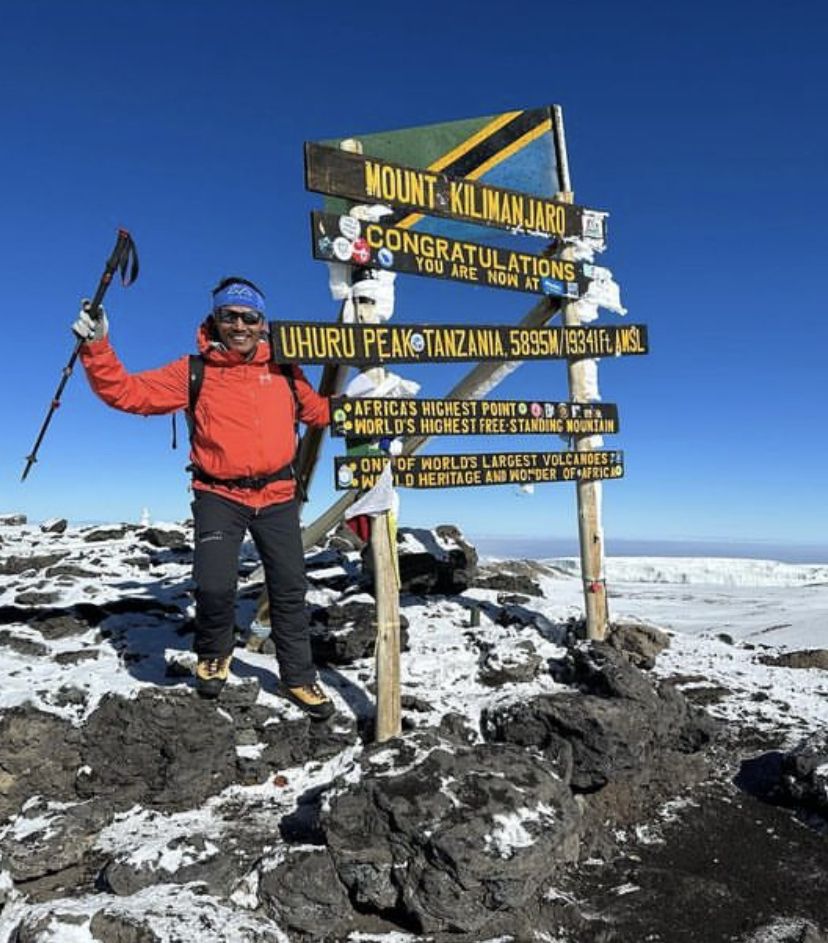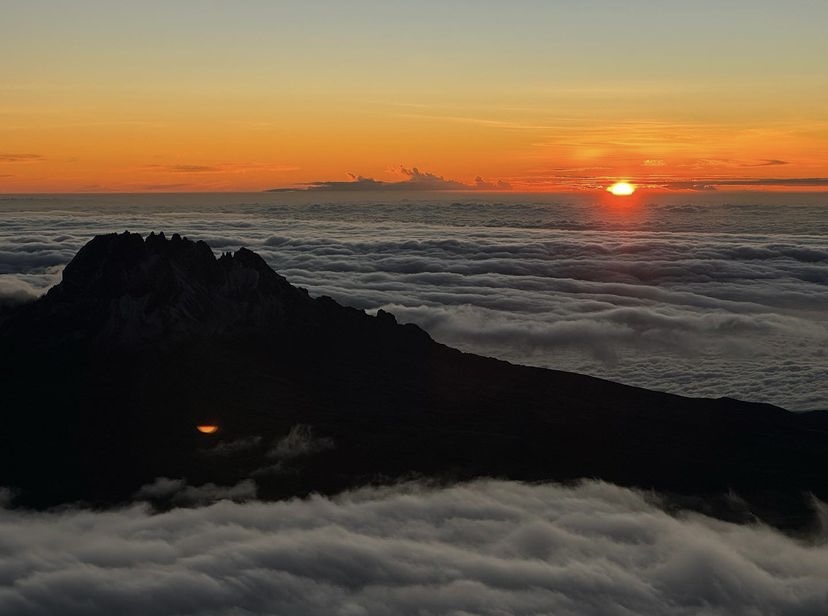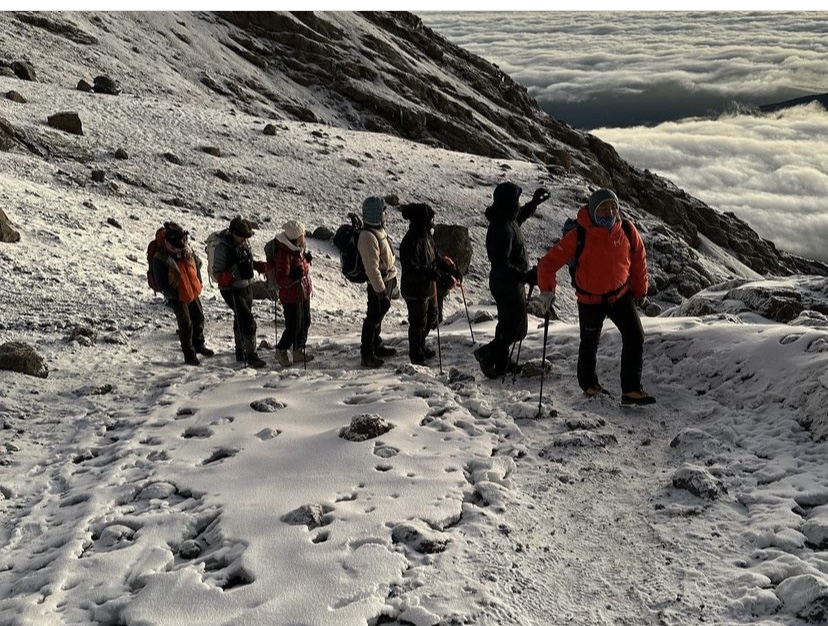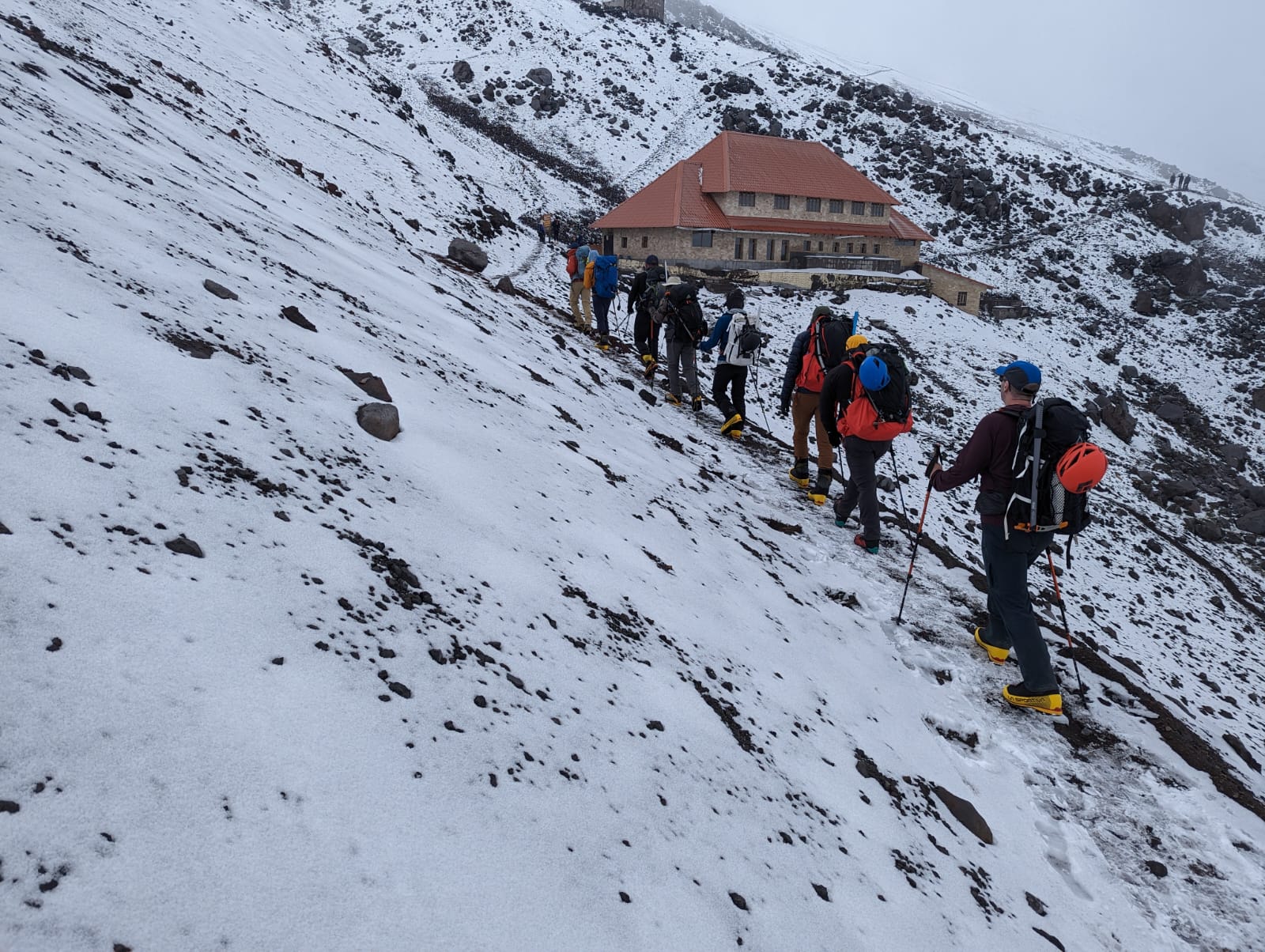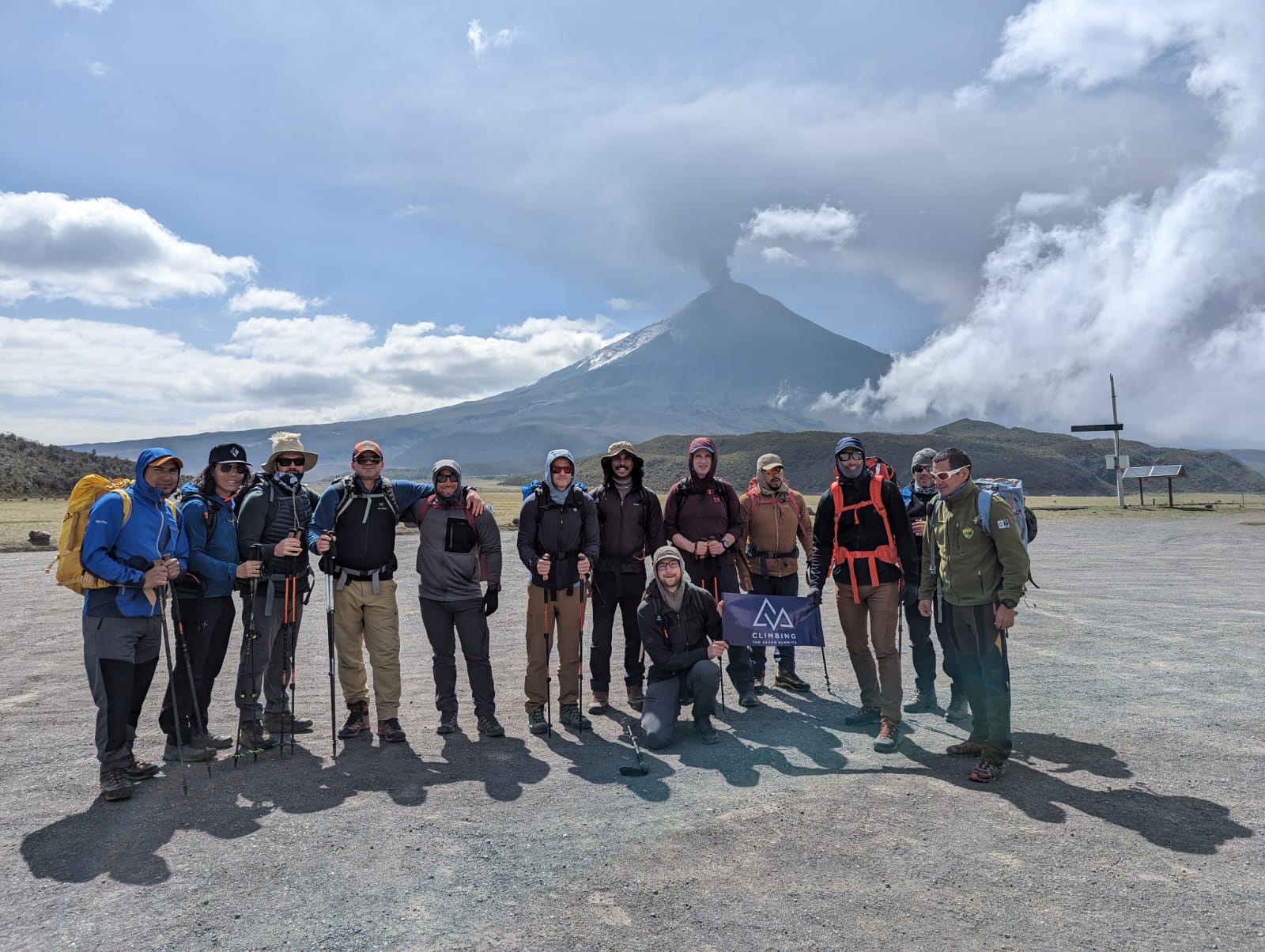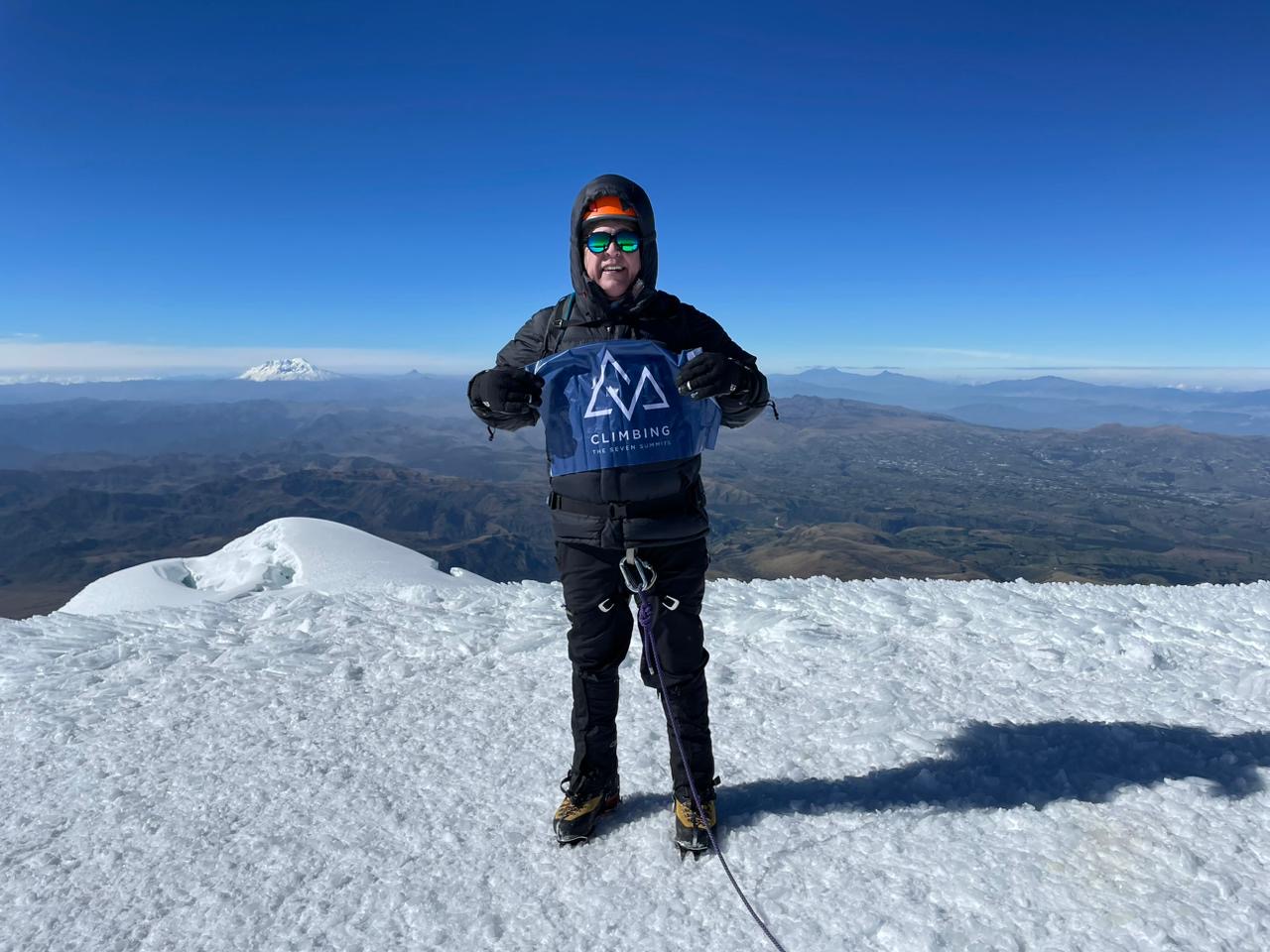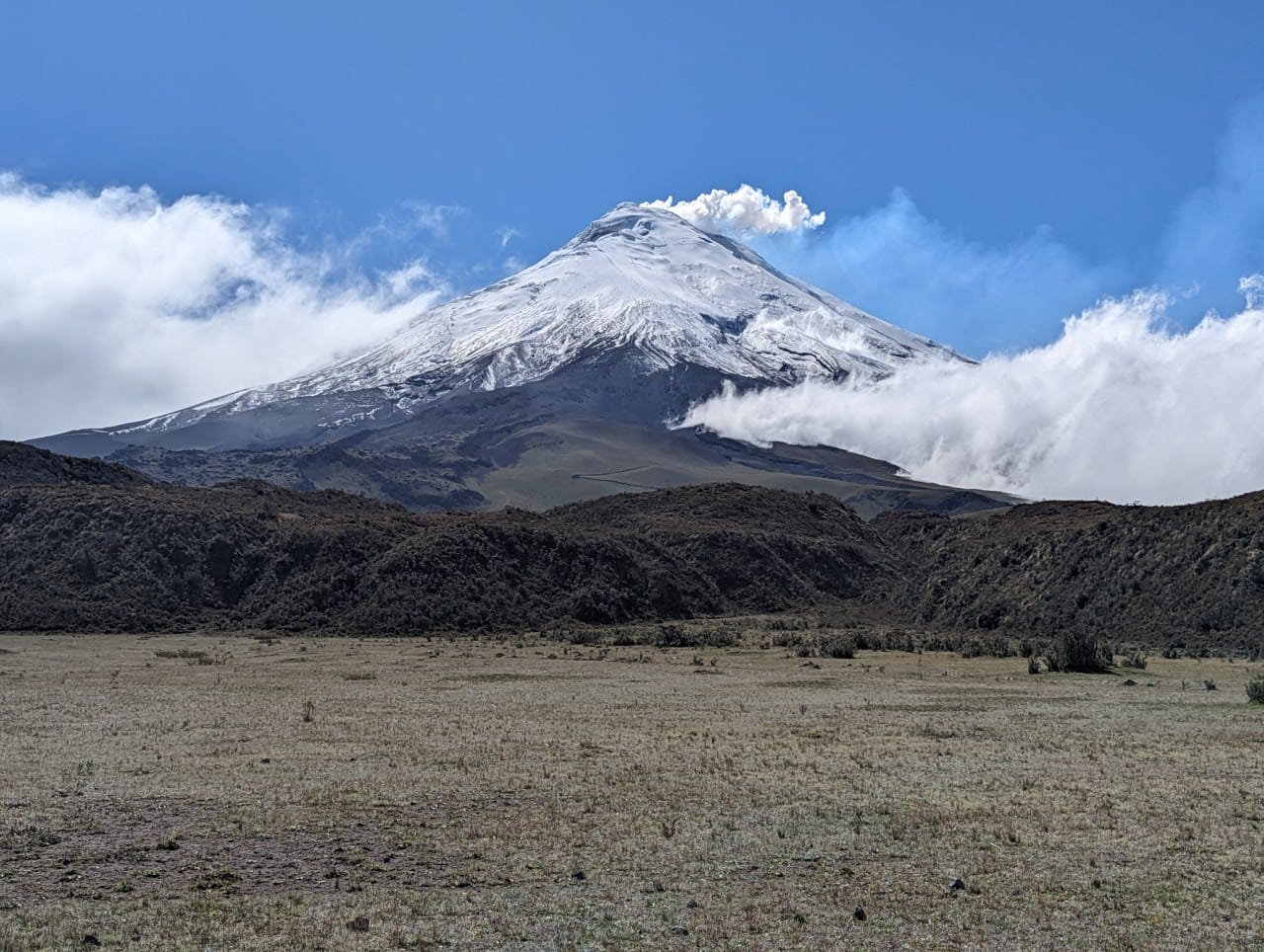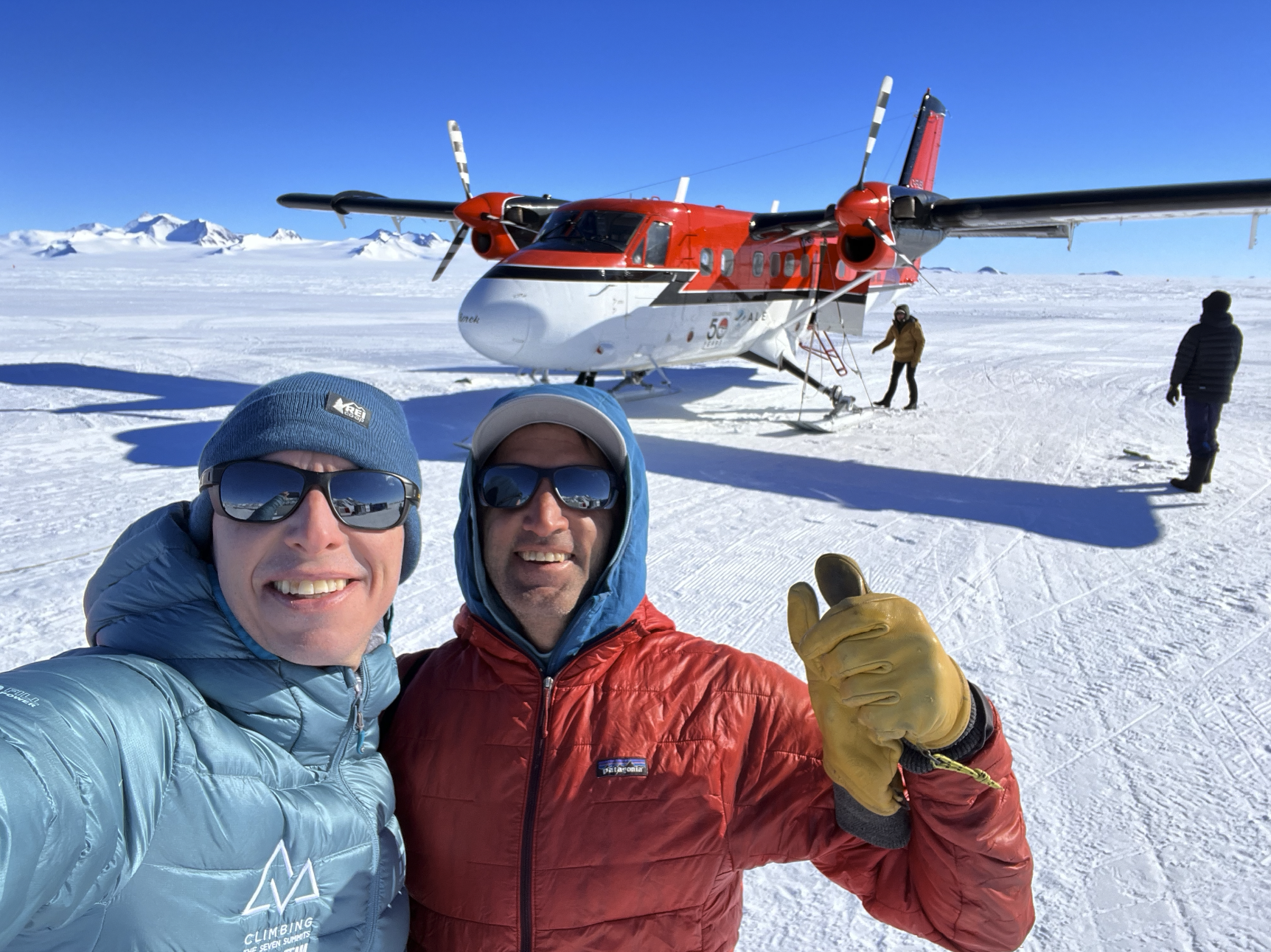Success on Illiniza Sur
Our Ecuador team had a great experience climbing Illiniza Sur the last two days. Great weather and perfect snow conditions made this technical route and absolute joy to climb.
From the bus two days ago they hiked about 2.5 hours up to the Illiniza Refugio nestled between Illiniza Sur and Illiniza Norte. Waking at 2:00AM yesterday the ascended the complex route through steep snow and ice to Illiniza Sur’s summit at 17,218ft.
After their climb they descended back to the bus and drove to Hacienda La Cienega, one of the oldest Hacienda’s in Ecuador, for a well earned and luxurious rest.
Today the team will head up to the Cayambe hut for two nights, making their summit bid on the second night. They’ll be out of internet and cell service there, but we’re excited to see the photos and hear how the climb went when they get back down!
Congrats on your first summit team! Best of luck on Cayambe.
Cheers,
CTSS Team
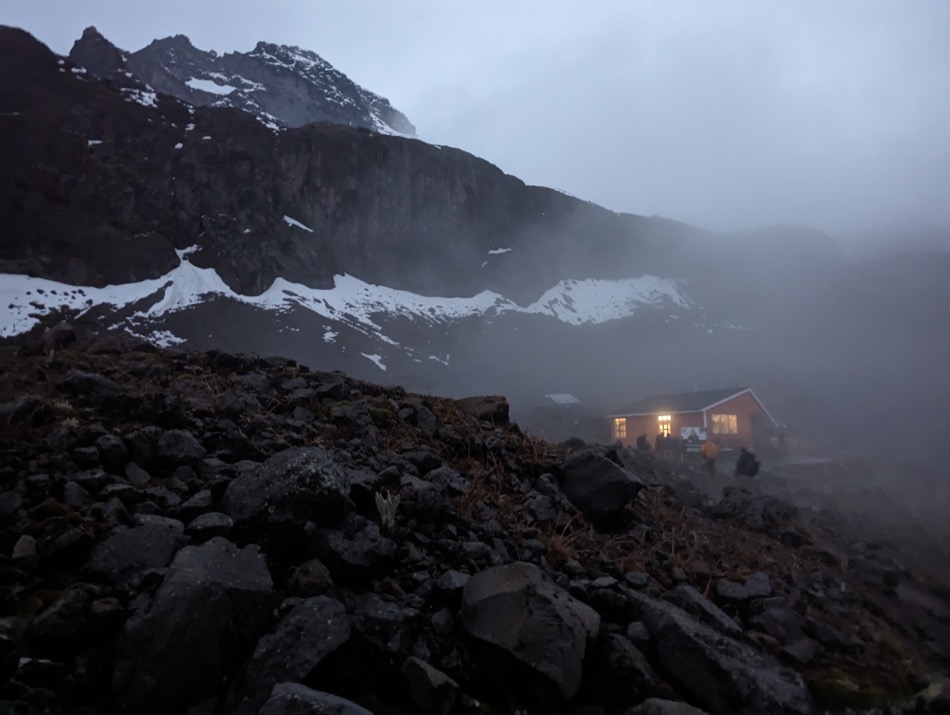
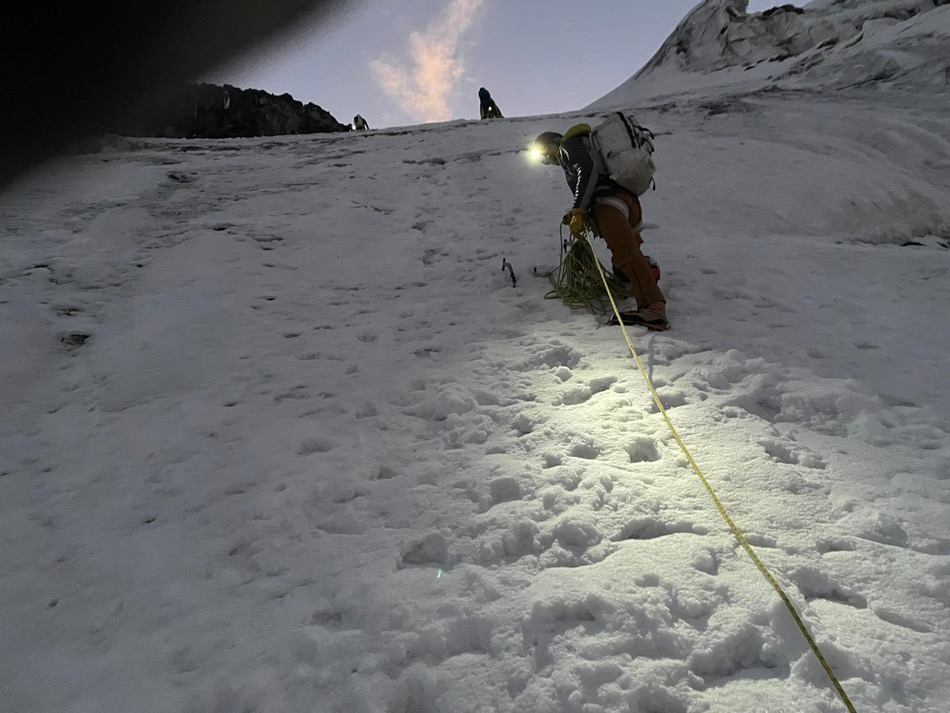

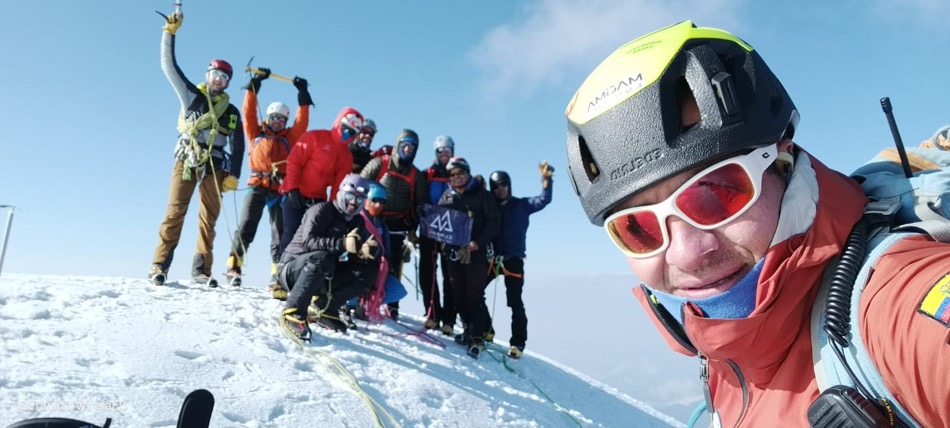
Aconcagua Team Updates
Our Private Aconcagua Team Carries to C2
The private Aconcagua team with Guide Quique has done a great job today, carrying to Camp 2 and returning back to Camp 1. This allows them to cache gear and acclimatise. The team are strong and moving at a great pace. Weather has been spectacular. Tomorrow they will move up and continue on schedule. They are tentatively taking aim at the 7th February for their summit day.
Meanwhile in Mendoza, our team have all arrived and are eager to get moving and out the door to the trailhead. Today they had their first team meeting and Guide briefing, everyone is bonding really well. Tomorrow the vans will drive them to the trailhead where they will begin their approach hike over coming days.
All well in Argentina
Cheers
CTSS Team

Ecuador Team Prepares for First Summit
Ecuador Team Prepares for Our First Summit
The team are currently preparing for their first summit. With the upper slopes of Cotopaxi unfortunately out of commission due to ongoing volcanic activity we have pivoted our program and focus to Illiniza Sur which holds the most interest for our team of strong climbers.
Guide Robert reports "After driving to Cotopaxi yesterday, we hiked up to the refuge but a hail storm rolled in preventing us from moving up to the training area. We headed back down to some rock cliffs to complete our rope training. The team performed well and we headed back to Chilcabamba Lodge for some lovely local trout!
Tomorrow we will head for the Illiniza trailhead, get some rest in preparation for an alpine start and fingers crossed our first summit of the trip."
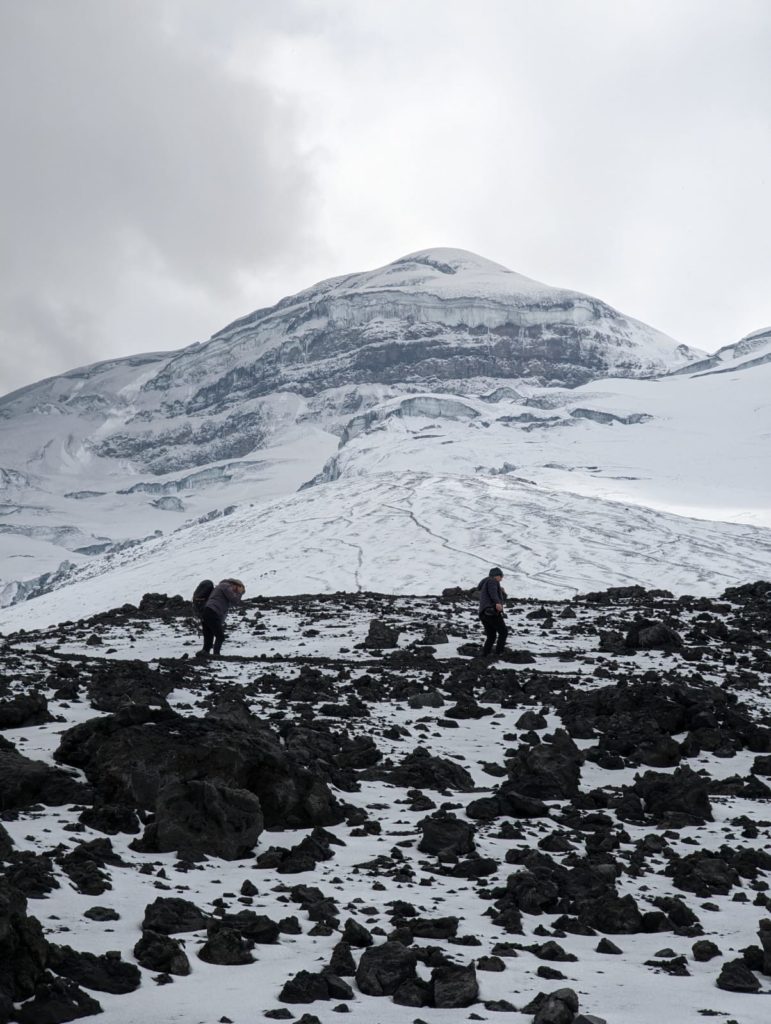
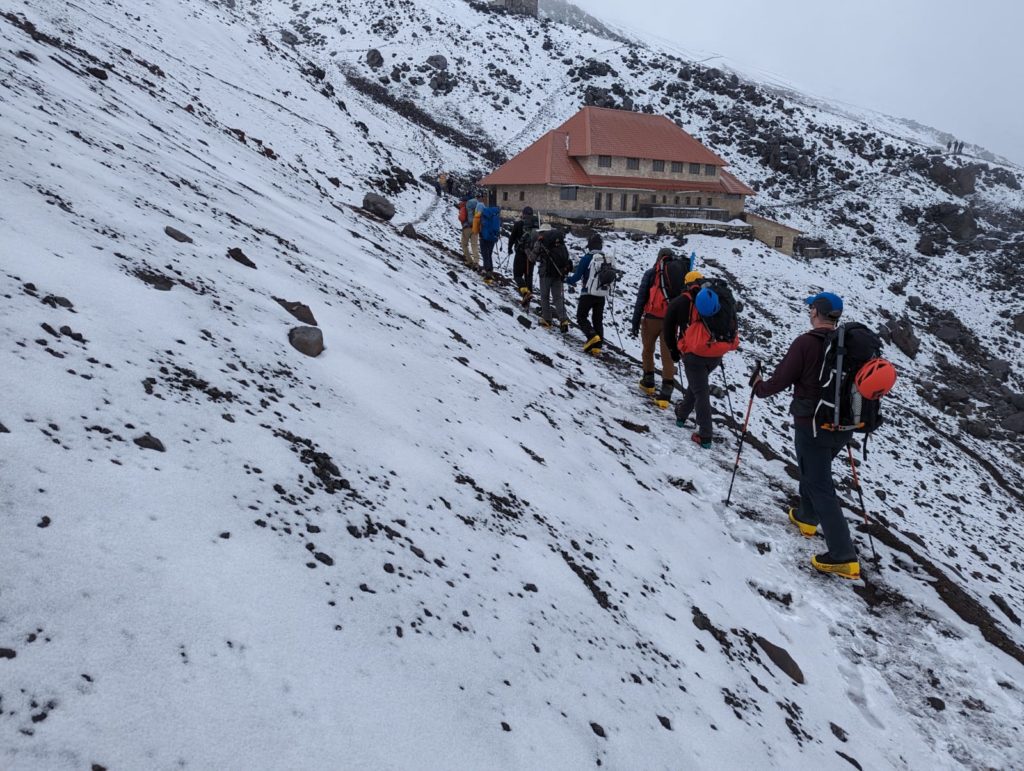
Aconcagua Private Team hits Camp 1
Aconcagua Private Team Hits Camp 1
The weather is looking good on Aconcagua! Lead guide, Quique, checked in from base camp yesterday to report our private group climb is doing well and moving on schedule.
The team arrived in Plaza Argentina base camp on Sunday and has taken several days to rest, acclimatize, and carry gear to Camp 1. Today, they moved to Camp 1 in excellent time and will make their carry to Camp 2 tomorrow.
Meanwhile we look forward to welcoming our February Team in Mendoza today.
Cheers
CTSS Team
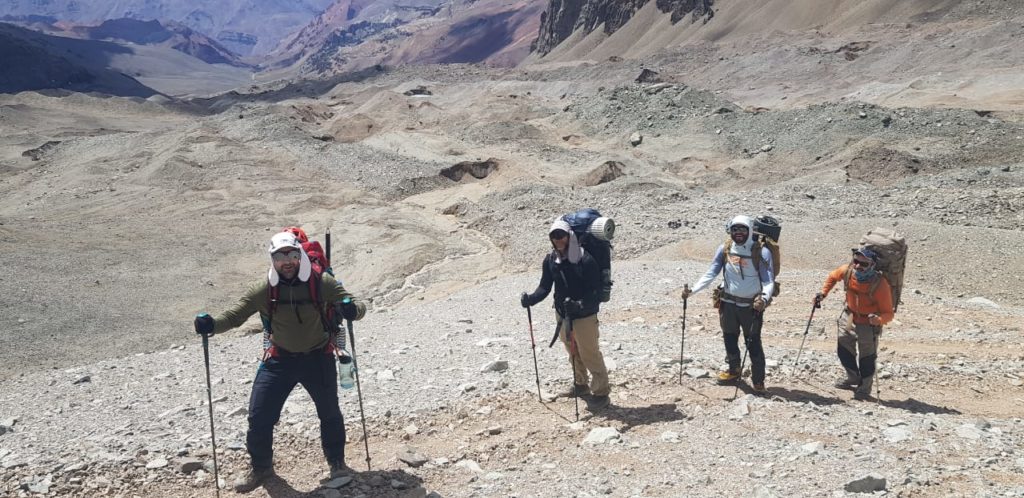
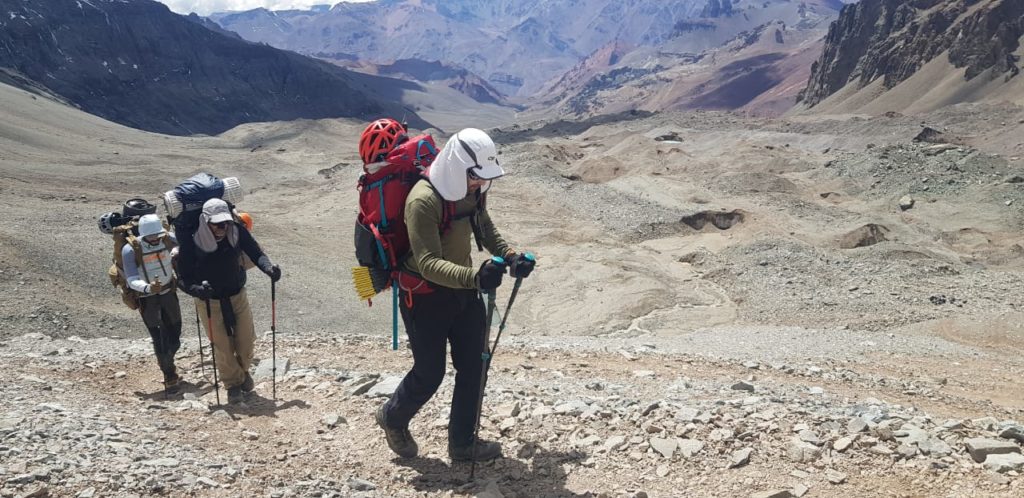
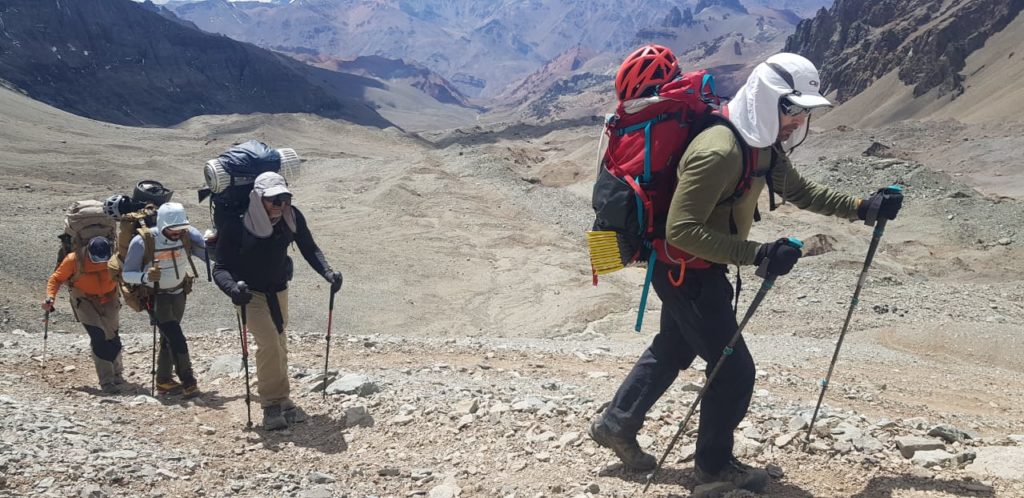

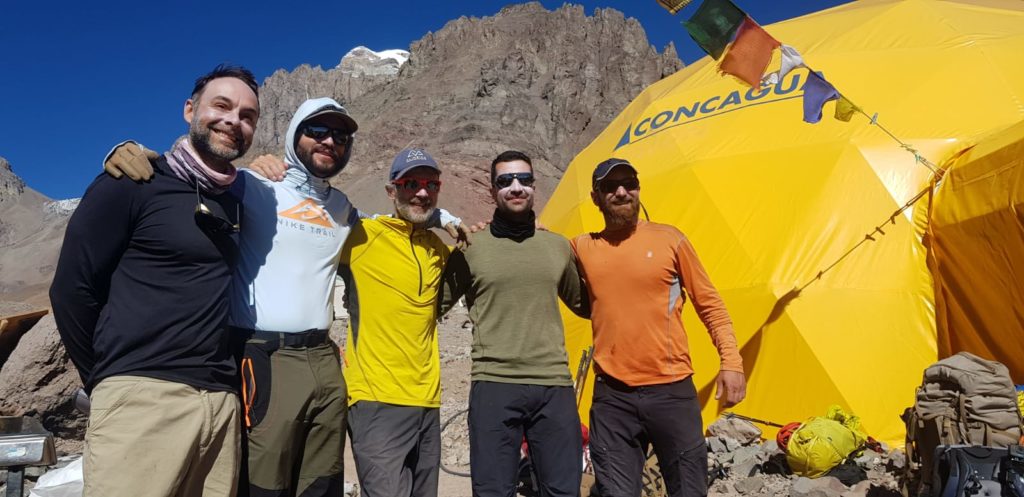
Time to get climbing in Ecuador!
Over in Ecuador - it's time to get climbing!
Today started with a short drive from Quito to Cotopaxi National park where we begin our acclimatisation hike up Ruminahui. A fine start to the day, with some great views of Cotopaxi, (who is showing off more than usual) turned south mid afternoon when the rain and hail moved in.
Our team did a great job and got to just below the summit at 15,140ft, where hail stones made it more like skating than climbing and for the sake of safety we descended to the cars and headed for the flamboyantly named Chilcabamba Lodge for some well earned dinner by a nice warm wood stove.
Tomorrow its off to the lower slopes of Cotopaxi and up to 16,600ft for some snow training! Onwards and upwards!
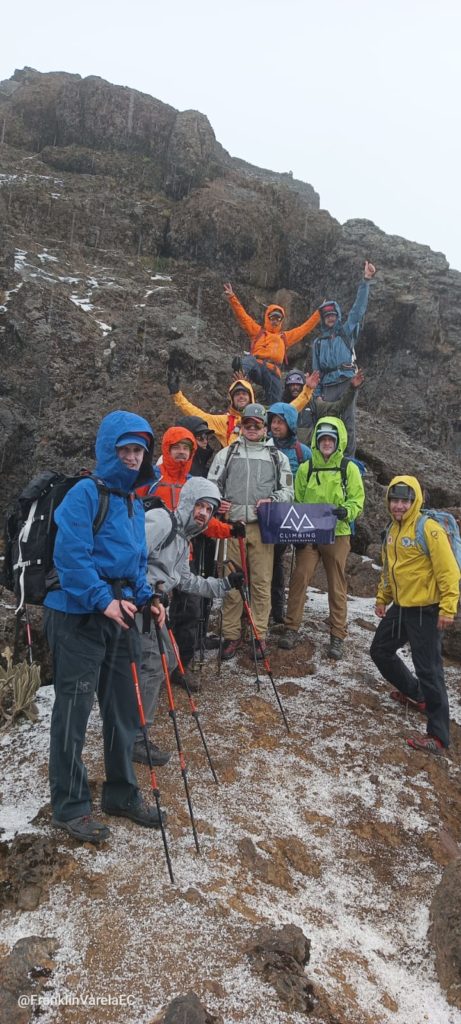
Ecuador Team Expedition Kicks Off
And they’re off!!! Our first Ecuador team expedition of 2023 kicked off today in Quito.
Today the team got rolling with gear checks in the morning before heading over to the Teleferico for the first round of acclimatization hikes. Located on the flanks of Pichincha, a volcanoes overlooking Quito, the Teleferico takes passengers from about 10,000 feet to 13,200 feet and drops them off at the base of a gentle hiking trail. By taking the Teleferico our climbers get a chance to “climb high, sleep low” priming their body to adapt to a higher altitude.
After spending a little over an hour hiking above 13,000 feet the team descended and drove to the Equator for lunch and to visit the museum surrounding the location of the first official survey of the Equator in 1736 during the French Geodetic Expedition.
Tomorrow brings a departure from Quito for another acclimatization hike on Ruminahui, an extinct volcano within Cotopaxi National Park rising to 15,203 feet.
Good luck to our climbers!
Cheers,
CTSS Team
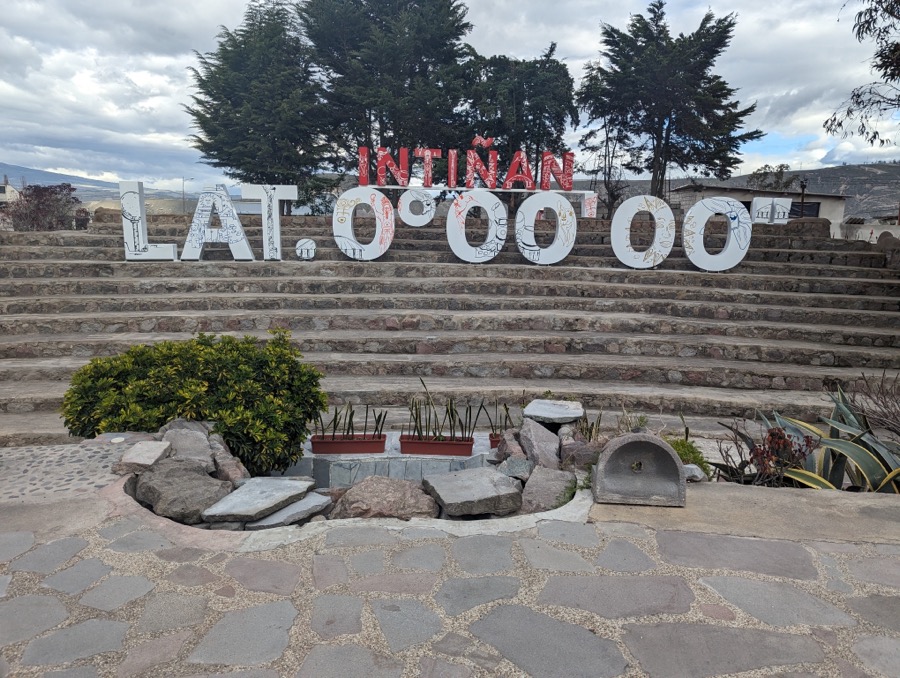

Ecuador Cayambe Summits!
Our private Cayambe climb summited yesterday in fantastic conditions, congratulations!!! The mountain provided excellent snow conditions and the weather was ideal with no clouds, good temps and low winds. Getting a full day with hardly any clouds is rare in Ecuador and our team made the most of it.
After summit the team drove down to a nearby resort town of Papallacta for some well deserved rest and relaxation. Today they returned to Quito to wrap up the expedition.
Congratulations on a well earned summit!
Cheers,
CTSS Team



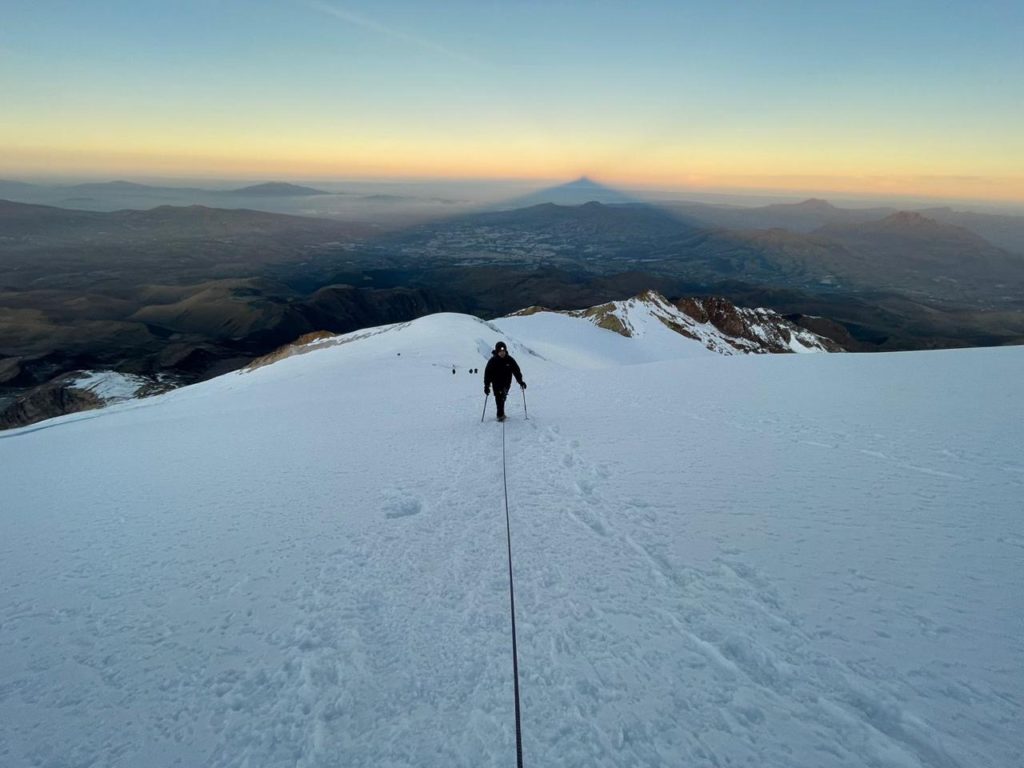

Ecuador Team Moves out of Quito
The last 3 days have been busy for our private Cayambe team. CTSS lead guide Robert Jantzen reported that everyone arrived smoothly (with all their luggage) and gear checks went off without a hitch. Yesterday the team toured around Quito acclimatizing on the Teleferico up to over 13,000 ft and touring the equator.
Today they loaded up into the bus and drove into Cotopaxi National Park for an acclimatization hike to the top of Ruminahui. By now they’re all settled in at the Tambopaxi Lodge resting up for tomorrow.
Currently Cotopaxi is closed to summit climbs due to an increase in volcanic activity but its lower flanks remain accessible. Tomorrow the team will head up just past the Cotopaxi Refugio for a solid snow school course before returning to Tambopaxi lodge for one more night.
Then the attention turns to Cayambe!
Cheers,
CTSS Team
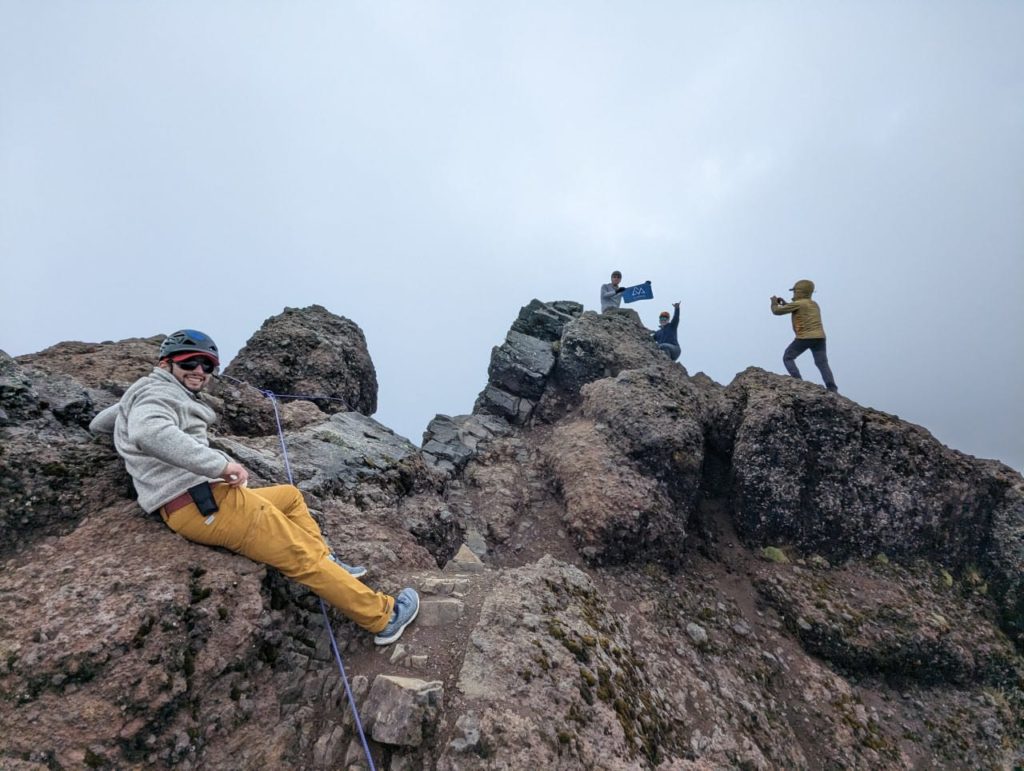
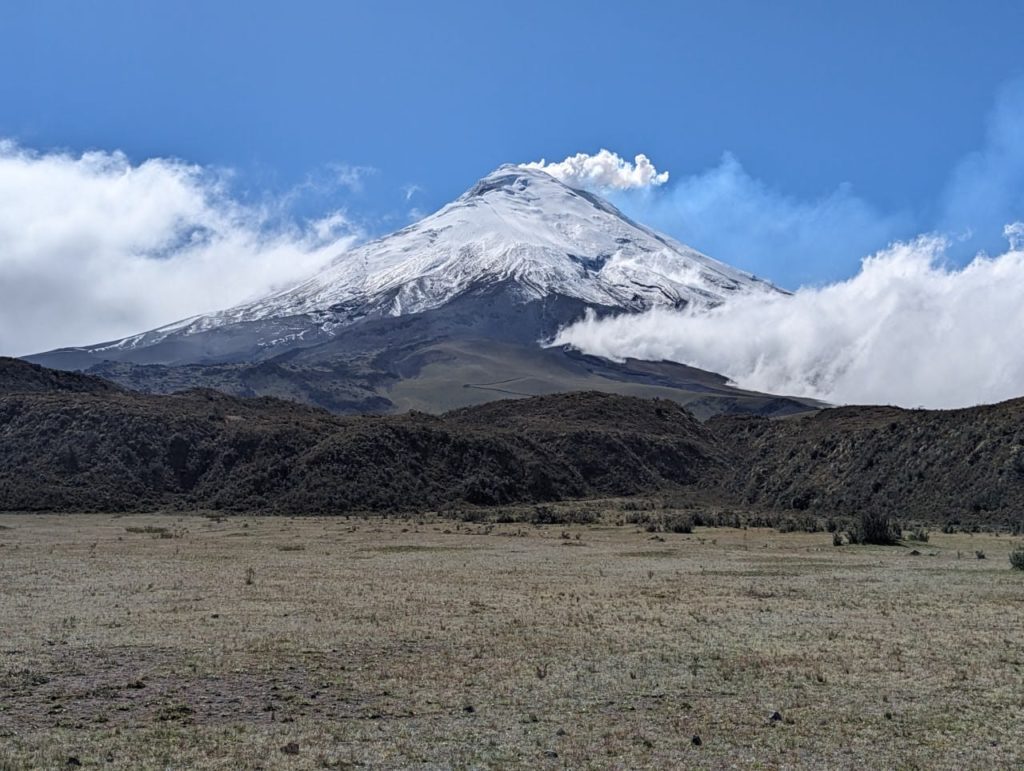
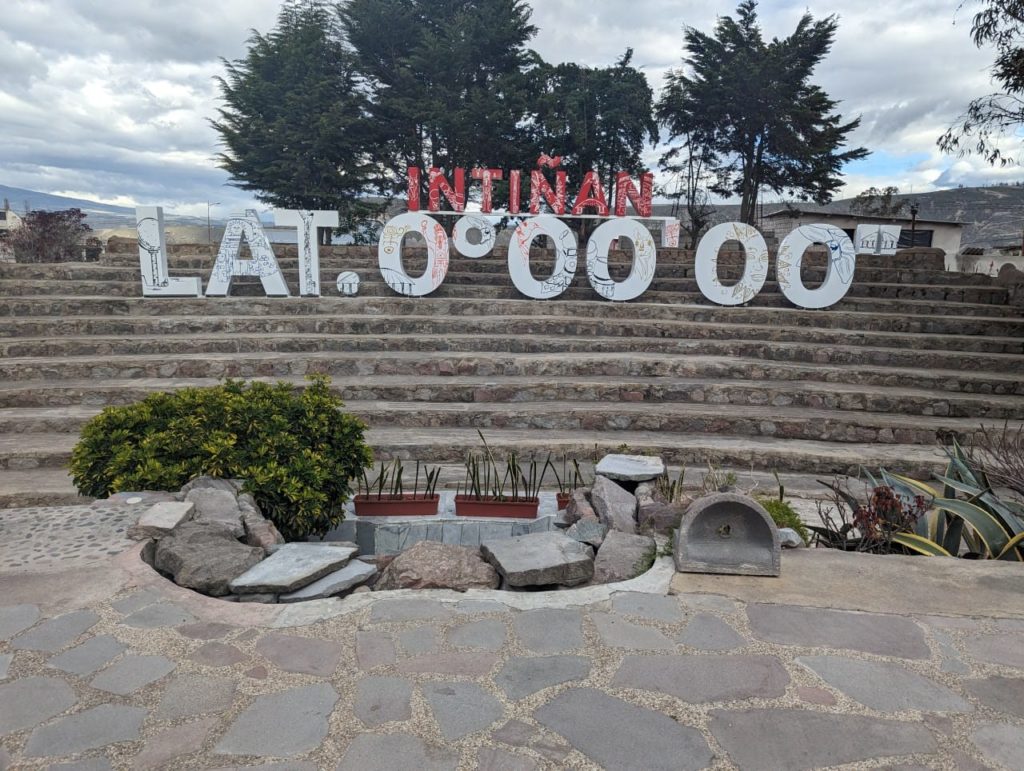



Vinson Team Back to Union Glacier
A quick one to let you know the team have flown back on the ski planes to Union Glacier from Vinson Base Camp and will have a few days to relax and recover, before their scheduled flight back to Chile on the 9th. It's a great place to be for a few days with good food, hot showers and a wonderful mix of people coming and going from all their polar adventures.
Every one happy and doing well.
Cheers
CTSS Team

100% on top of Kili
Fresh news from our Kili team who all stood on top of Africa at 8:15am this morning. They had a fantastic sunrise, perfect weather and a magic summit.
Congratulations;
Brothers; Jon & Dan Z
Colin M
Maryna K
Guy S
CTSS Guides Tendi Sherpa & Gerry and the entire Guide, porter and support crew
They are all back to Barafu Camp now to have a rest and some lunch before they drop further down to Mweka Camp for their final night on Kilimanjaro. Tomorrow they will finish their descent and head back to the creature comforts of the hotel! What an amazing adventure for the team.
Cheers
CTSS Team
